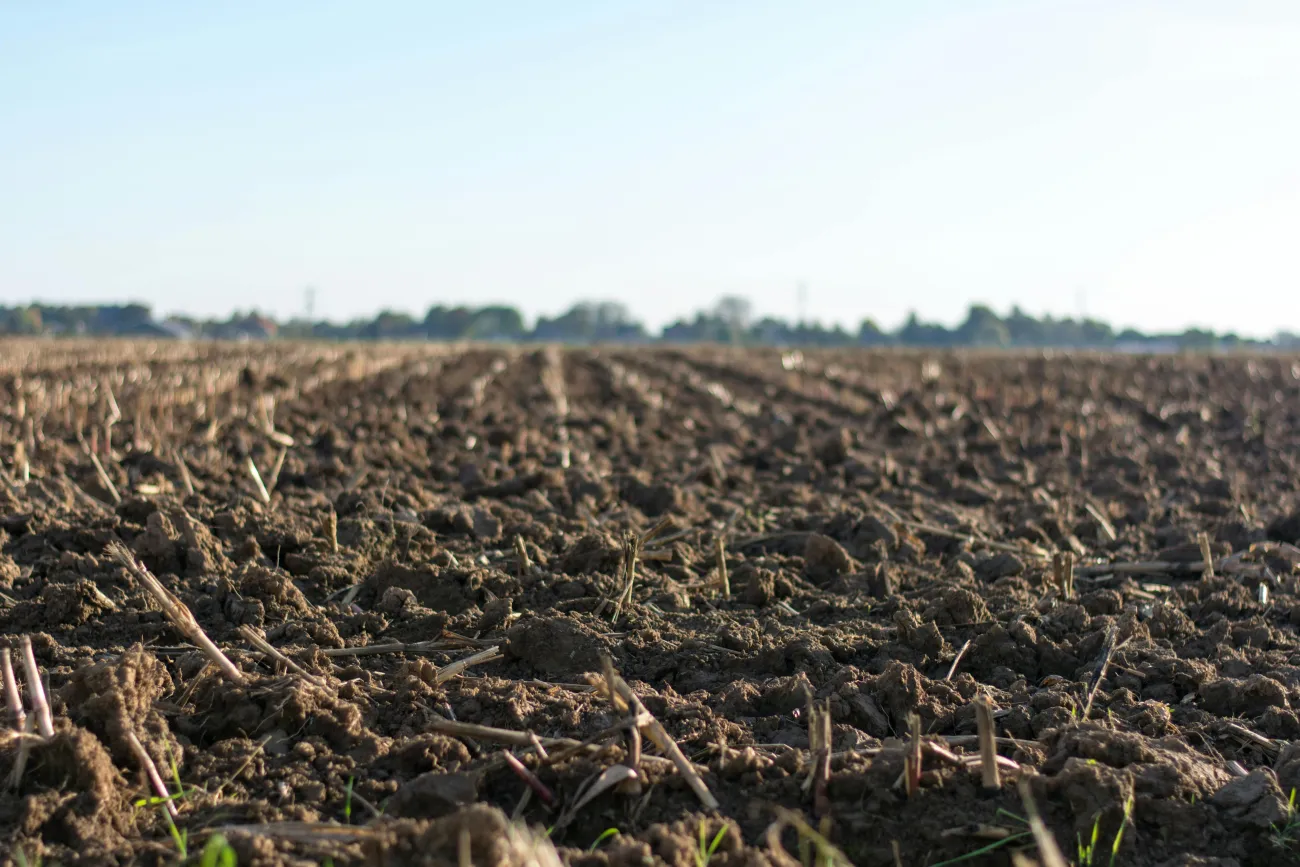Researchers in California conducted a life cycle assessment to model the climate change mitigation potential of consuming produce grown in household vegetable gardens as opposed to those from stores.

They found that, as compared to buying vegetables in store, with an optimally designed household system, emissions could be cut by between 2 and 5 kilogram of carbon equivalent for every kilogram of vegetable produced.
The researchers modelled a baseline vegetable garden in which they calculated the emission effects of various factors: converting an area of lawn to garden, replacing conventionally produced purchased vegetables with ones from the garden and diverting household organic waste and grey water from processing facilities for use as compost and water for the garden. They then ran a sensitivity analysis to test how important variables such as crop yield and composting methods affected the model. They also calculated the potential contribution of vegetable gardens to official local and regional emission reduction targets in Santa Barbara and California (see figure below).

Figure 1: Net kg CO2 equivalent per kg of vegetable from household gardens, including organic waste management; baseline and sensitivity scenarios.
The model showed that urban food production in household gardens could potentially reduce net greenhouse gas emissions compared with the conventional food system. Reductions in emissions primarily came from reduced transport, energy use and packaging. Other factors such as increased carbon sequestration in soils were not included due to measurement difficulties. The two variables which made the largest difference to the mitigation potential were yield and organic waste disposal techniques. Importantly, the mitigation benefits of growing vegetables at home were reversed when home composting was done in a suboptimal way; if correct moisture and air conditions are not maintained, the organic waste becomes anaerobic and emits greenhouse gases methane and nitrous oxide. As such, centralised waste management might be a better option for mitigation than home composting.
In the baseline vegetable garden scenario, the gardens were calculated to be able to contribute 0.5 percent of the city of Santa Barbara's 2050 greenhouse gas reduction target, 3.3 percent of the 2020 target for unincorporated Santa Barbara County and 7.8 percent of the state of California's 2020 target.
Citation
Cleveland, David A., Noelle Phares, Krista D. Nightingale, Robyn L. Weatherby, William Radis, Jane Ballard, Madia Campagna et al. "The potential for urban household vegetable gardens to reduce greenhouse gas emissions." Landscape and Urban Planning 157 (2017): 365-374.
Read the full article here (paywall).
For coverage of the story in Science Daily look here.




Comments (0)